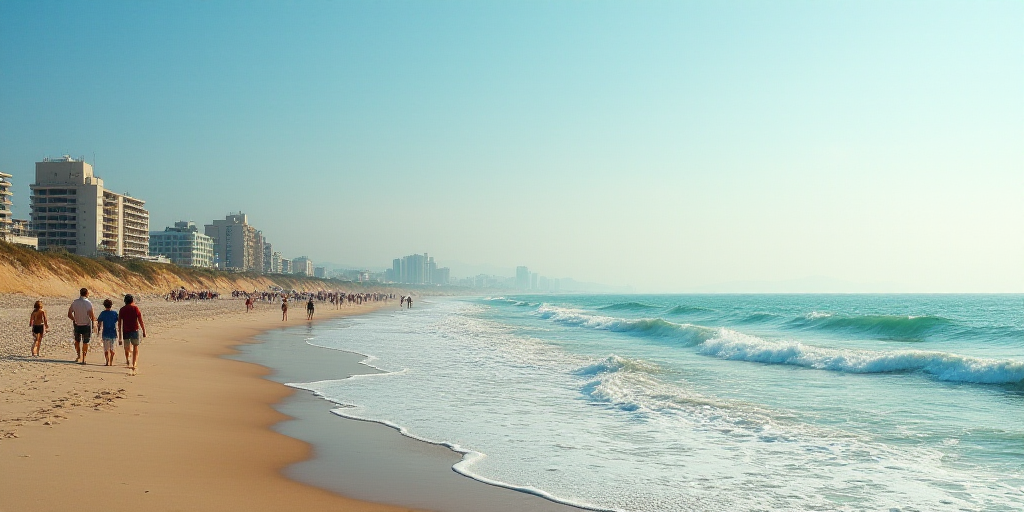Introduction to Sargasso and Its Impact
Leticia Durand Smith, a researcher at the Regional Multidisciplinary Research Center of UNAM, warns that the amount of sargasso is expected to increase by 40% this year, making for a challenging summer along the coasts of Quintana Roo.
Durand Smith explained that in 2022, this seaweed disrupts the lives of people and other organisms, challenging institutional capacity to control it. It also presents a business opportunity in new products and services industry.
Sargasso’s Effects on Marine Ecosystem
During her participation in the Interinstitutional Seminar on Nature, Culture, and Society, hosted by the Center for Humanities and Social Sciences in Mérida, Yucatán, Durand Smith mentioned that when sargasso dies, it forms a sludge called “brown tide,” which drastically reduces sunlight penetration and oxygen levels in the water.
As it decomposes and dries on the beach, it releases toxic gases like hydrogen sulfide and ammonia, affecting various organisms and damaging seagrasses. These seagrasses are crucial for maintaining water clarity and sediment stability.
In Puerto Morelos, for example, dissolved sargasso increases 35 times, reducing light by 30% and dissolved oxygen by 50%. Coral reefs are severely affected, with 27% dying in 2016, exacerbating their previous deterioration.
Impact on Marine Life and Humans
Durand Smith pointed out that sargasso prevents sea turtles from nesting and hatching their eggs, increasing the prevalence of fibropapilomatosis, a skin tumor condition. The percentage of cases rose from 1.6% in Akumal turtles in 2008 to 54% by 2018.
The gases released cause irritation to mucous membranes, headaches, and nausea in humans. Moreover, the piles of seaweed accumulating diminish the attractiveness of beaches.
Cleaning Strategies and Costs
Authorities, in collaboration with hotel owners, aim to remove the accumulated material manually or using heavy machinery. However, this is extremely costly; cleaning 1 km of beach can translate to over $1 million annually.
If improperly disposed of, sargasso leachates contaminate the karst soils of the Yucatan Peninsula’s acquifers. This also drives business opportunities where companies clean, rent heavy machinery, and transport seaweed, requiring boats to remove sargasso before it reaches the beaches.
Durand Smith sees sargasso as a reflection of the profound oceanic transformations due to human-marine interconnections in a region marked by climate change impacts and ecological deterioration.
Key Questions and Answers
- What is sargasso and why is it a concern? Sargasso is a type of seaweed that, when it dies and accumulates on beaches, releases toxic gases and reduces sunlight and oxygen levels in the water. This disrupts marine life, including sea turtles and coral reefs, and diminishes beach attractiveness.
- How costly is cleaning up sargasso? Manually or mechanically removing accumulated sargasso from 1 km of beach can cost over $1 million annually.
- What are the business opportunities related to sargasso? The presence of sargasso has led to new business opportunities in cleaning services, machinery rental, and transportation of seaweed. It also highlights the need for boats to remove sargasso before it reaches beaches.
- What are the broader implications of sargasso accumulation? Sargasso accumulation reflects profound oceanic transformations due to human-marine interconnections, exacerbated by climate change impacts and ecological deterioration.






